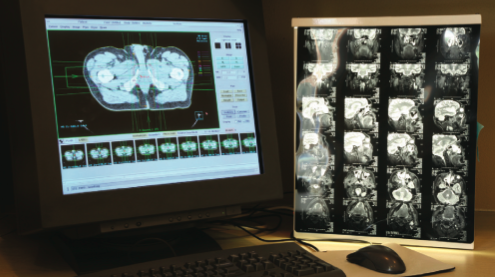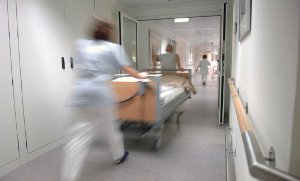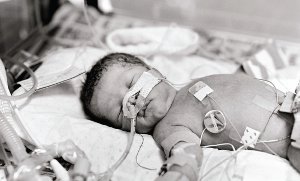Aim: Computer-aided learning (CAL) is considered comparable to traditional media for undergraduate radiology teaching. Previous studies have often compared the efficacy of traditional media to onsite CAL use, yet real world usage of CAL is likely to occur in offsite settings. This study aims to compare usage and learning outcomes of a chest radiology CAL in onsite and offsite settings. Methods: Participants were fourth year medical students (n=52) at the National University of Singapore (NUS) undertaking one week radiology rotations. Students were randomly allocated to complete a web-based chest radiology CAL onsite, or offsite at a time and place of choice. Pre- and post-tests were taken to measure knowledge gain, and a questionnaire was used to explore student usage and preferences.
Results: The onsite CAL group demonstrated significant knowledge gain (+15.8%, p<0.05) whilst the offsite group did not (+5.8%, p>0.05). However, the difference between the groups was not statistically significant (p=0.069). Total time spent and completion of the program was similar between the two groups. Yet, questionnaire results showed that the offsite group multitasked more and appeared to have poorer concentration. A majority of students from both groups preferred the convenience of offsite CAL use over onsite CAL use.
Conclusion: A significant difference between the test groups was not observed, although there was a trend toward onsite CAL use being more effective. In planning CAL teaching, particularly for offsite use, educators need to provide sufficient support and integration for an optimal outcome.
Introduction
Chest radiology is important for acute and emergency management, and is therefore an essential learning component of undergraduate radiology teaching. [1] However, studies show that chest radiology competency amongst graduating medical students is poor. [2,3] Poor competency is attributed to lack of formal teaching of radiology in the curriculum. [2,3] Worldwide, radiology teaching is compromised by limited formal teaching in a hectic curriculum, and competing demands on radiologists. [4,5]
Computer aided learning (CAL) has been advocated as a potential tool to alleviate some of the limitations in radiology teaching. [6] CAL is time and cost effective for educators, [7] and especially useful in an image rich specialty such as radiology. To evaluate the effectiveness of CAL for transferring knowledge gain, previous studies have undertaken media comparisons between CAL and traditional learning, such as lectures or tutorials. Individual studies in radiology and non-radiology medical education [8,9] demonstrate that overall, knowledge gain with CAL is comparable to …













